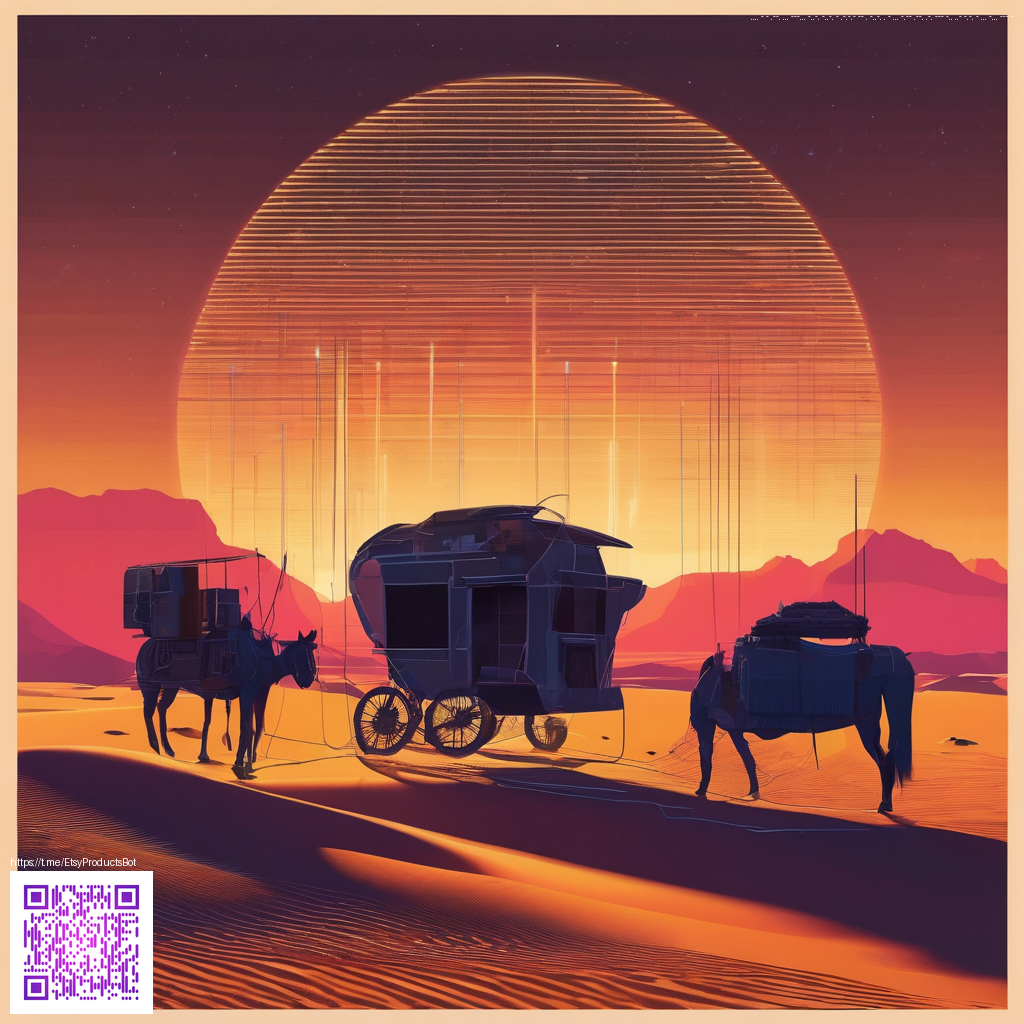
Artificial intelligence is transforming the way texture artists approach material creation. Instead of starting every asset from scratch, teams can leverage AI to generate base maps, tune roughness, and explore wear patterns at the speed of thought—without sacrificing the subtle hand-tuned detail that makes textures feel tactile. The goal isn’t to replace painters and texture artists, but to expand their creative toolkit by taking on repetitive baselines and data-heavy tasks so humans can focus on storytelling through material behavior and lighting.
Designing with AI in Texture Workflows
How AI accelerates texture creation
In practical terms, AI can automate repetitive steps such as creating tiling texture bases, synthesizing ambient occlusion maps, or proposing multi-layer blends for soil, grime, and micro-scratches. This accelerates the early iteration cycle and frees up time for iteration-driven experimentation. A well-tuned AI model can serve as a co-artist that proposes several plausible baselines, while the texture artist curates, adjusts, and pushes toward the final direction.
AI is not a shortcut to artistry; it’s a faster route to better, more consistent texture briefs—when paired with decisive human direction.
Maintaining artistic control with AI
Control remains paramount. The best AI-assisted pipelines incorporate a human-in-the-loop approach: artists curate training data, define perceptual targets (e.g., realism vs. stylization), and supervise loss functions that guide model outputs. Non-destructive editing tools let you adjust maps after generation, while real-time previews in a render viewport help validate how AI-produced textures respond to lighting, shadows, and reflections. This balance keeps the artistry intact while benefiting from AI-driven efficiency.
Practical strategies for studios adopting AI
- Curate domain-specific datasets—collect texture samples that reflect your art direction, surfaces, and anticipated wear. Quality over quantity matters for reliable results.
- Iterate with lightweight proxies—use quick render previews to test texture maps during the training and fine-tuning loops.
- Implement non-destructive workflows—keep AI outputs as adjustable layers or passes that can be toggled or blended without overwriting the artist’s work.
- Establish perceptual targets—define reference materials and lighting scenarios to align AI outputs with your intended look.
- Monitor artifacts and bias—watch for tiling seams, color drift, or unrealistic micro-details, and correct with targeted hand tweaks.
For a tangible example that bridges concept and production, consider how a consumer product render workflow can benefit from AI-enhanced texturing. A product page such as the Phone Case with Card Holder demonstrates clean material reads on polycarbonate with glossy or matte finishes, which players in texture pipelines routinely tune. If you’re curious about how these textures behave in more dynamic setups, a related project showcase is available here: https://shadow-images.zero-static.xyz/2fbf261b.html.
In practice, integrating AI into texture workflows also means rethinking toolchains. Embrace modular pipelines that separate data preprocessing, model inference, and artist edits. Documentation matters, too: capture why a texture map was chosen, what perceptual target it satisfies, and how edits were achieved. This helps maintain consistency as teams scale and as models evolve with new training data.
Workflow tips for a smoother transition
- Start with a small pilot that targets a single material family (e.g., plastics and coatings) before expanding to metal, fabric, or organic surfaces.
- Integrate versioning for AI-generated maps so artists can revert to previous palettes and renders if needed.
- Pair AI outputs with up-res rendering checks to validate how textures hold up under different lighting setups.
- Document perceptual metrics used to judge texture fidelity, such as roughness realism, specular response, and micro-contrast.
As AI continues to mature, the collaboration between artist and algorithm will become more intuitive, with tools that understand stylistic intent and respond with guided, explainable adjustments. The aim is to unleash creative momentum while preserving the nuance that makes textures read as authentic materials in any scene.